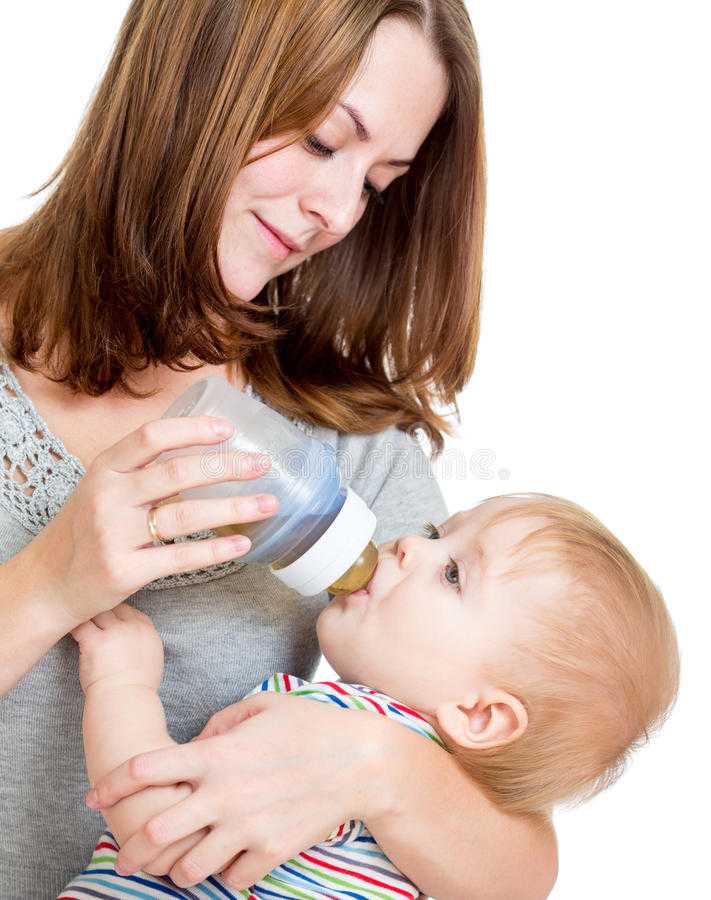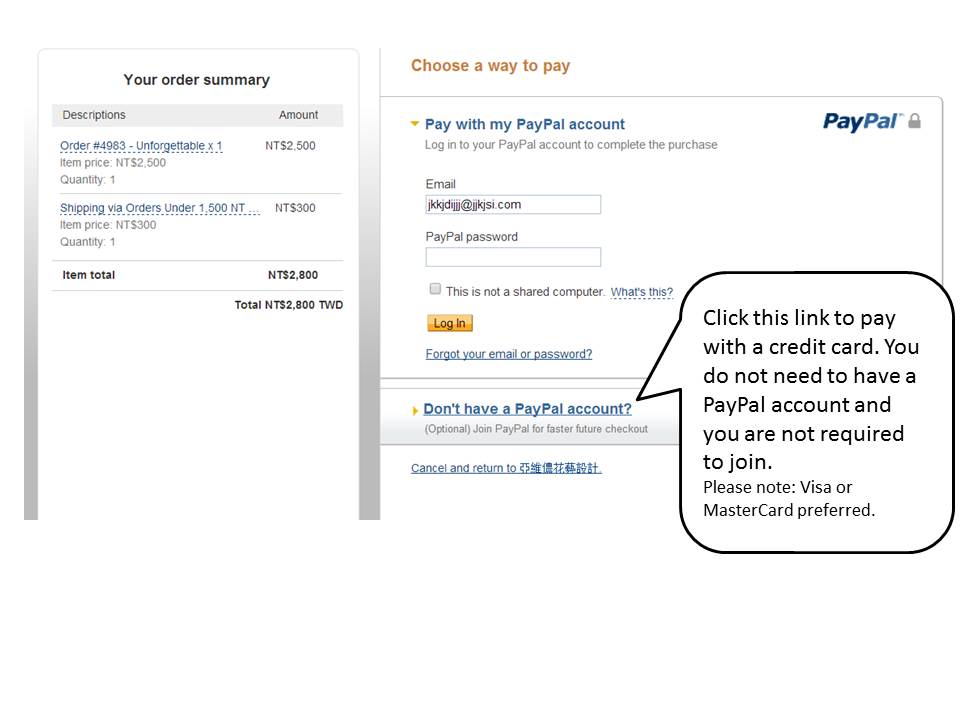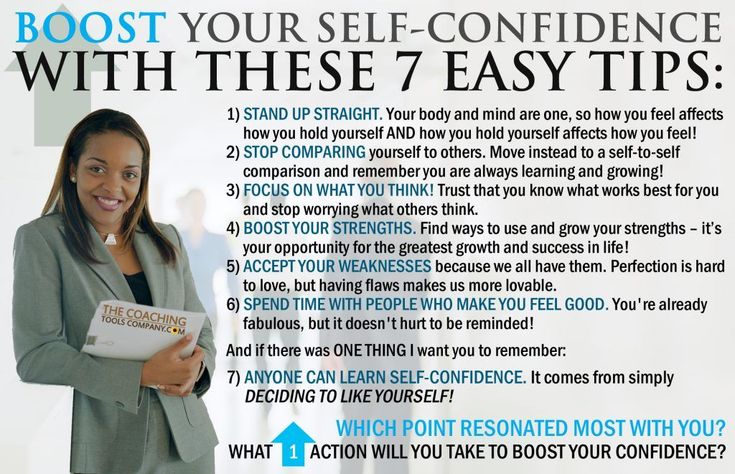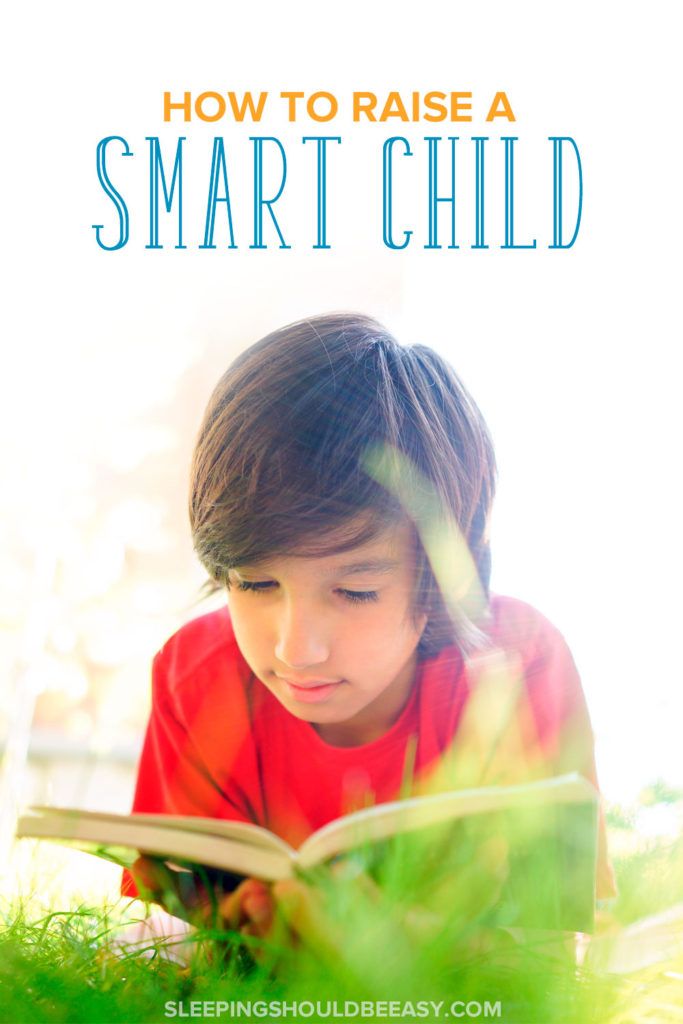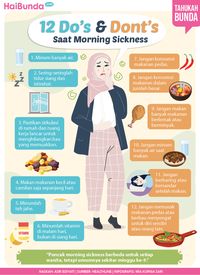Infant one month
Your baby's growth and development - 1 month old
beginning of content5-minute read
Listen
Infant development begins at birth. Initially your baby will grow fast and learn a lot. At 1 month, cuddling, sleeping and feeding are all that really matters to your baby. The time you spend with them will help their brain to grow and develop as they start to experience the world.
Your baby will probably be crying a lot at the moment. It’s often because they’re hungry or have a dirty nappy, but often babies just cry for no apparent reason. Give them lots of cuddles to comfort them and remember that the crying will eventually pass.
At 6 to 8 weeks, your baby needs a full health review by a health professional such as child and family health nurse, midwife, GP or paediatrician.
Your 1-month-old
All babies grow at different rates. But, on average, at 1 month they gain between 0.7 to 0.9 kg each month and grow 2.5 to 4 cm. Their head circumference will increase by about 1.25 cm each month.
All babies lose weight right after they are born. Healthy babies usually get back to their birth weight in about 2 to 3 weeks and will then continue to grow.
Your baby was weighed at birth and your doctor or maternal child health nurse will plot their growth regularly on a growth chart. Babies come in all different shapes and sizes, and your baby might be large or small. What matters is that they grow consistently over time. Try not to compare your baby’s weight gain with that of other babies.
Understanding baby growth charts
A growth chart helps you and your doctor keep track of how your baby is growing.
What can your baby do?
At 1 month, most of what babies do is still caused by reflexes. They aren’t thinking about their actions. They will be sucking, swallowing, searching for milk and grasping an object if you put it in the palm of their hand (although most of the time they’ll keep their hands clenched in tight little fists). They will also step one foot in front of the other if you put their feet on a flat surface.
They will be sucking, swallowing, searching for milk and grasping an object if you put it in the palm of their hand (although most of the time they’ll keep their hands clenched in tight little fists). They will also step one foot in front of the other if you put their feet on a flat surface.
They will start to focus with both eyes at 1 month and should be able to follow a moving object from side to side. They will probably prefer looking at a human face to looking at an object and will gaze deeply into your eyes if you hold them about 45 cm away. Most babies can recognise their parents by this age.
1-month-old babies love the sound of your voice, but they will get startled if they hear a loud noise. They might fall backward and throw their arms and legs out, blink their eyes and breathe faster.
By the end of the first month, most babies can raise their head when you lay them on their stomach, and they will turn their head to one side. As their neck muscles get stronger, they will be able to turn their head and lift it up when they’re in a car seat or carrier.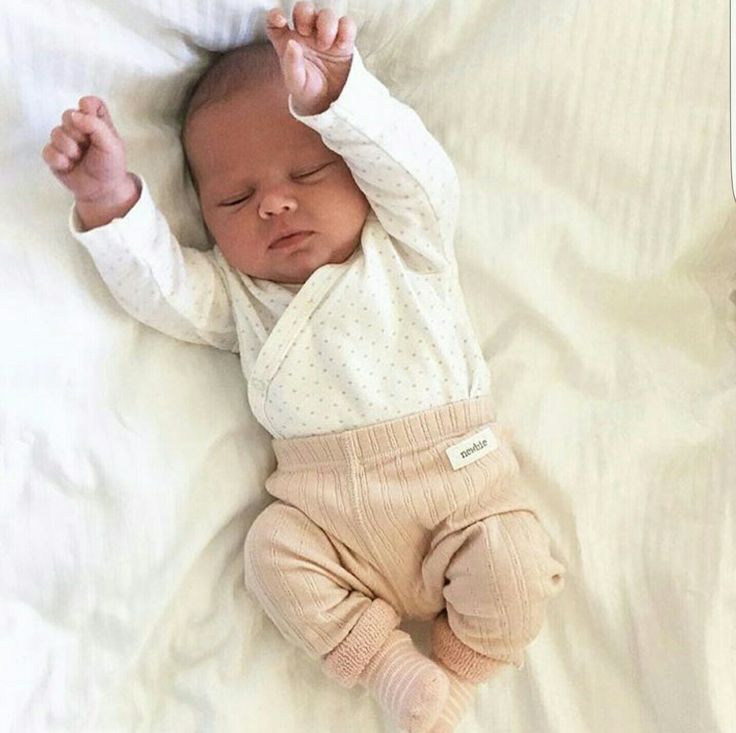
Your baby will cry loudly when they are hungry or uncomfortable. When they are happy and content, they usually make little gurgling noises. Respond to your baby’s sounds by gurgling and cooing back.
At 1 month, some babies will be learning how to soothe themselves, with a dummy or even by sucking their fingers or thumbs. Helping your baby to suck is a good way to calm them down.
How can I help my baby develop?
Spend as much time with your baby as possible. Looking deep into their eyes and smiling at them will help them to bond and to feel safe and secure.
Read and sing to your baby. Even though they can’t understand, they will enjoy hearing your voice. Music helps to stimulate their senses and will keep them amused. Playing with them will also strengthen your bond.
Help your baby to develop neck strength by putting them on their tummy for 1 to 5 minutes at a time. This is called tummy time. Always keep an eye on your baby during tummy time and always put them to sleep on their back.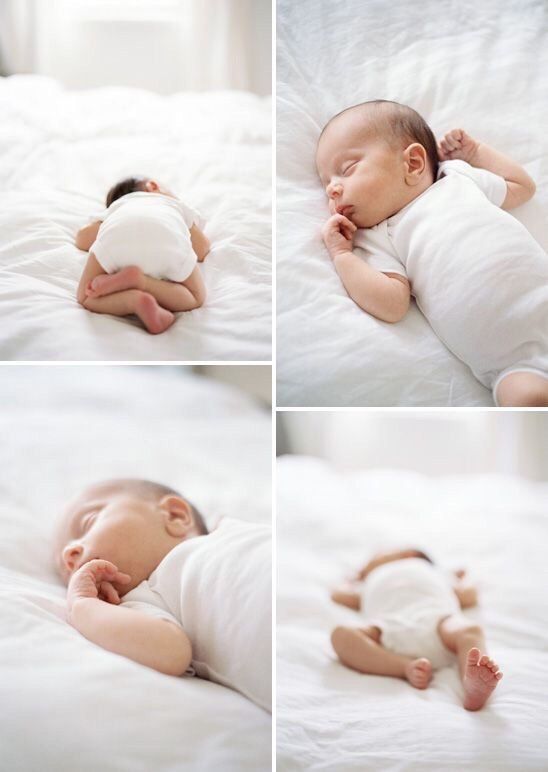
Development problem signs
Babies develop at different rates. At 1 month, you will still be learning about your baby and their needs. But talk to your doctor or maternal child health nurse if:
- they aren’t feeding well
- they are regularly sleeping a lot more than 16 hours a day
- they aren’t moving their arms or legs
- they aren’t following your face with their eyes or responding when they see you
- they aren’t making gurgling sounds
- they don’t startle or seem not be hearing things
- you are worried about your baby’s crying or sleeping
Where can I go for help?
If you are worried or would like to discuss any issues with your baby’s development, speak to your doctor or child health nurse.
Speak to a maternal child health nurse
Call Pregnancy, Birth and Baby to speak to a maternal child health nurse on 1800 882 436 or video call.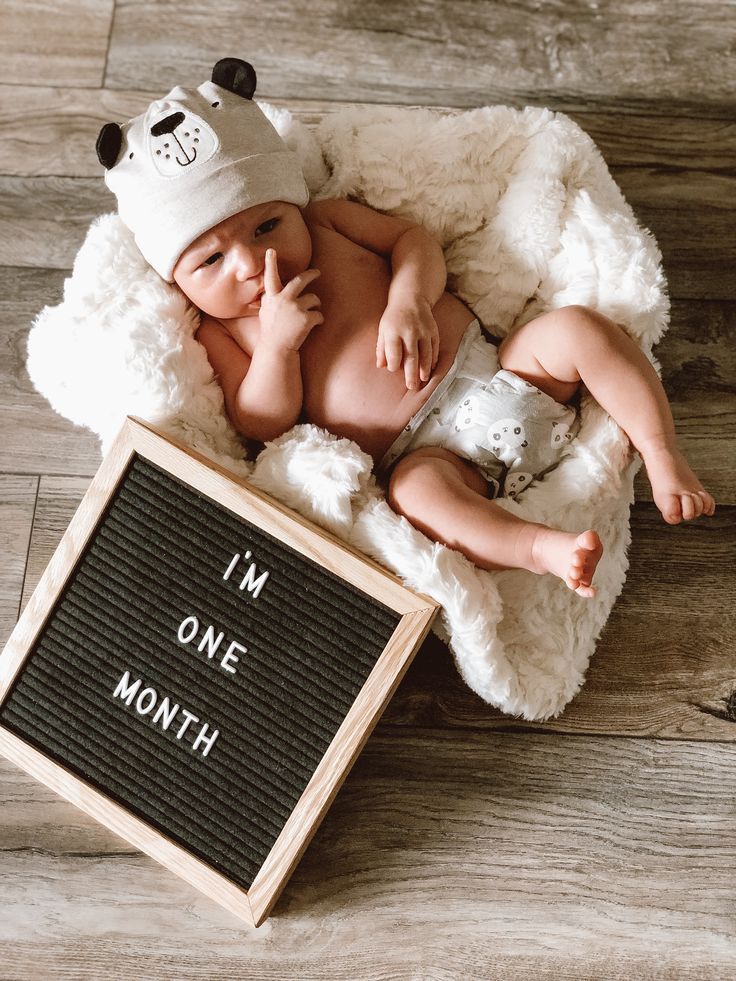 Available 7am to midnight (AET), 7 days a week.
Available 7am to midnight (AET), 7 days a week.
Sources:
Raising Children Network (0-1 month: newborn development), Kids Health (Your baby’s growth – 1 month), Victoria Government (Baby development stages), Australian Children's Education and Care Quality Authority (Developmental milestones and the Early Years Learning Framework and the National Quality Standards)Learn more here about the development and quality assurance of healthdirect content.
Last reviewed: October 2020
Back To Top
Related pages
- Bonding with your baby
- How your baby learns - birth to 3 years
- Your baby’s growth and development – first 12 months
- Understanding baby growth charts
This information is for your general information and use only and is not intended to be used as medical advice and should not be used to diagnose, treat, cure or prevent any medical condition, nor should it be used for therapeutic purposes.
The information is not a substitute for independent professional advice and should not be used as an alternative to professional health care. If you have a particular medical problem, please consult a healthcare professional.
Except as permitted under the Copyright Act 1968, this publication or any part of it may not be reproduced, altered, adapted, stored and/or distributed in any form or by any means without the prior written permission of Healthdirect Australia.
Support this browser is being discontinued for Pregnancy, Birth and Baby
Support for this browser is being discontinued for this site
- Internet Explorer 11 and lower
We currently support Microsoft Edge, Chrome, Firefox and Safari. For more information, please visit the links below:
- Chrome by Google
- Firefox by Mozilla
- Microsoft Edge
- Safari by Apple
You are welcome to continue browsing this site with this browser.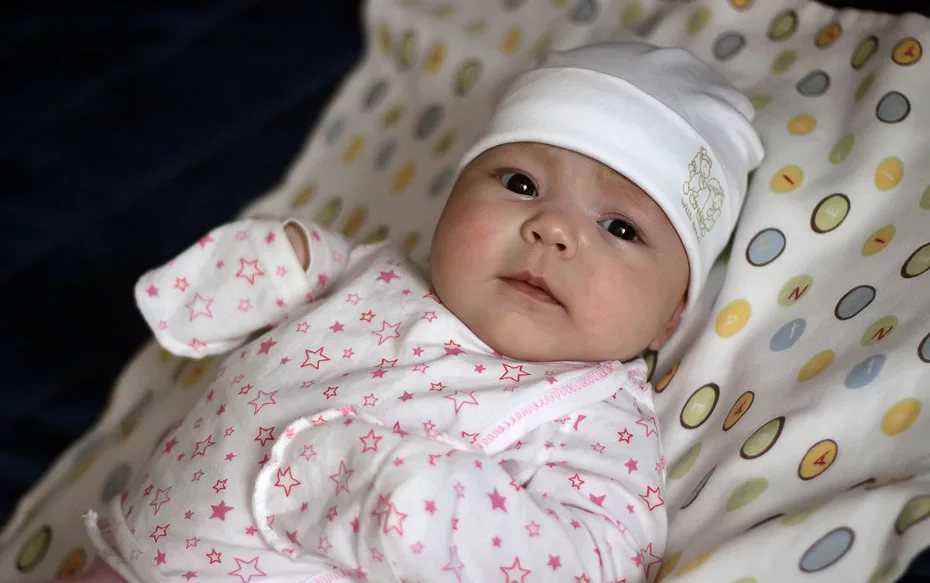 Some features, tools or interaction may not work correctly.
Some features, tools or interaction may not work correctly.
Developmental Milestones: 1 Month - HealthyChildren.org
Log in | Register
Ages & Stages
Ages & Stages
What are some of the developmental milestones my child should reach by one month of age?
In the very beginning, it may seem that your baby does nothing but eat, sleep, cry, and fill his diapers. By the end of the first month, he’ll be much more alert and responsive. Gradually he’ll begin moving his body more smoothly and with much greater coordination—especially in getting his hand to his mouth. You’ll realize that he listens when you speak, watches you as you hold him, and occasionally moves his own body to respond to you or attract your attention.
Here are some other milestones to look for.
Movement Milestones
- Makes jerky, quivering arm thrusts
- Brings hands within range of eyes and mouth
- Moves head from side to side while lying on stomach
- Head flops backward if unsupported
- Keeps hands in tight fists
- Strong reflex movements
Visual and Hearing Milestones
- Focuses 8 to 12 inches (20.
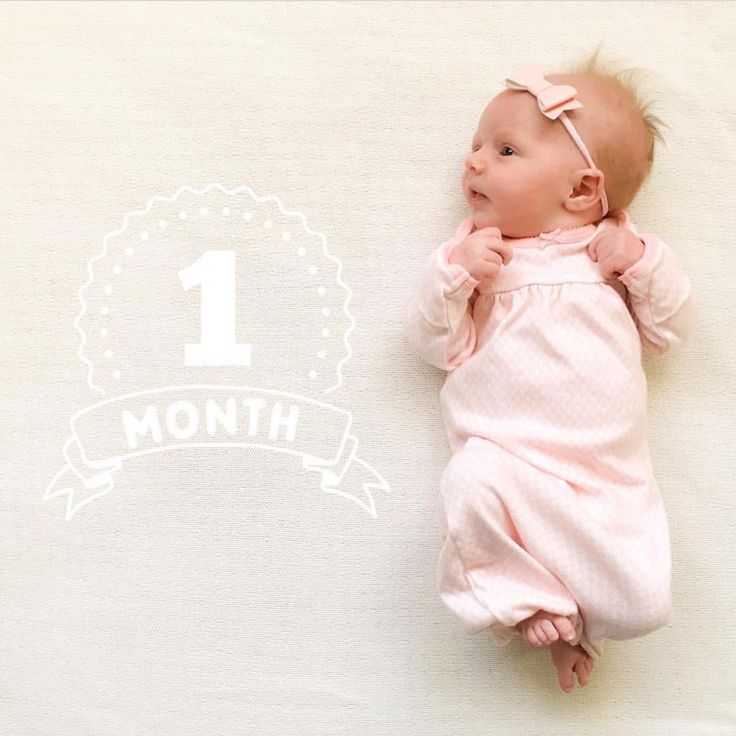 3 to 30.4 cm) away
3 to 30.4 cm) away - Eyes wander and occasionally cross
- Prefers black-and-white or high-contrast patterns
- Prefers the human face to all other patterns
- Hearing is fully mature
- Recognizes some sounds
- May turn toward familiar sounds and voices
Smell and Touch Milestones
- Prefers sweet smells
- Avoids bitter or acidic smells
- Recognizes the scent of his own mother’s breastmilk
- Prefers soft to coarse sensations
- Dislikes rough or abrupt handling
Developmental Health Watch
If, during the second, third, or fourth weeks of your baby’s life, she shows any of the following signs of developmental delay, notify your pediatrician.
- Sucks poorly and feeds slowly
- Doesn’t blink when shown a bright light
- Doesn’t focus and follow a nearby object moving side to side
- Rarely moves arms and legs; seems stiff
- Seems excessively loose in the limbs, or floppy
- Lower jaw trembles constantly, even when not crying or excited
- Doesn’t respond to loud sounds
- Last Updated
- 6/1/2009
- Source
- Caring for Your Baby and Young Child: Birth to Age 5 (Copyright © 2009 American Academy of Pediatrics)
The information contained on this Web site should not be used as a substitute for the medical care and advice of your pediatrician.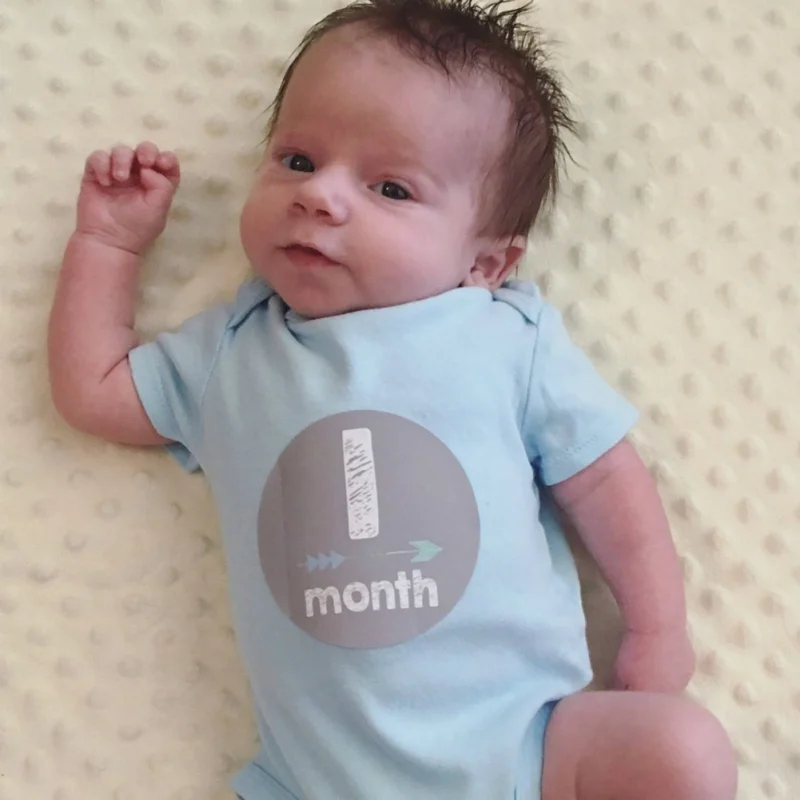 There may be variations in treatment that your pediatrician may recommend based on individual facts and circumstances.
There may be variations in treatment that your pediatrician may recommend based on individual facts and circumstances.
Development of a baby at 1 month
Article structure
What can a child at this age do?
The current AAP (American Academy of Pediatrics) recommendation is that the most appropriate and safest position for your baby is the supine position during sleep, which reduces the risk of SIDS (Sudden Neonatal Death Syndrome).
The mother's diet during breastfeeding should be varied and tasty, contain dairy products, meat, fruits and vegetables, and more fluids. nine0005
Physiological neonatal jaundice
Appears from the 2-3rd day of life (face, trunk) and should decrease and gradually disappear until the 10-14th day if the baby was born at term. The general condition of the baby is not disturbed, he actively sucks his breast and gains weight well. However, you should contact the pediatrician if the baby is lethargic, poorly gaining weight, jaundice spreads to the arms and legs, the color intensity increases, the urine acquires a rich color, and the feces brighten.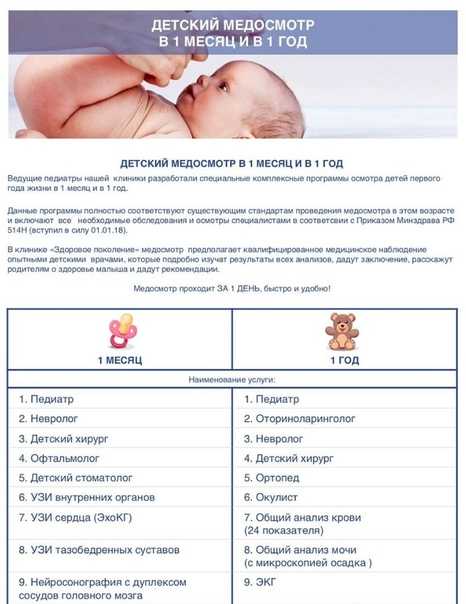 nine0005
nine0005
Baby's crying
Is the only way to communicate with you, so the mother very quickly begins to understand what different intonations, intensity and duration mean. Thus, if there are no apparent reasons (hunger, heat or cold, wet or uncomfortable clothes, a full diaper), monotonous, loud, prolonged crying, possibly accompanied by vomiting, should alert and become a reason for immediate medical attention.
Colic
Such crying can be with colic. What is it? So, colic is also a transient (transient) functional reaction of the baby's digestive system, the immaturity of which leads to increased gas formation and intestinal spasm. This is accompanied by strong crying of the baby, tension in the abdomen, as a rule, at about the same hours in the evening, starting from the age of three weeks.
You should know that colic does not threaten the baby's health (except perhaps the peace of mind of the parents), disappear as the digestive system matures (on average, up to three months of age or earlier).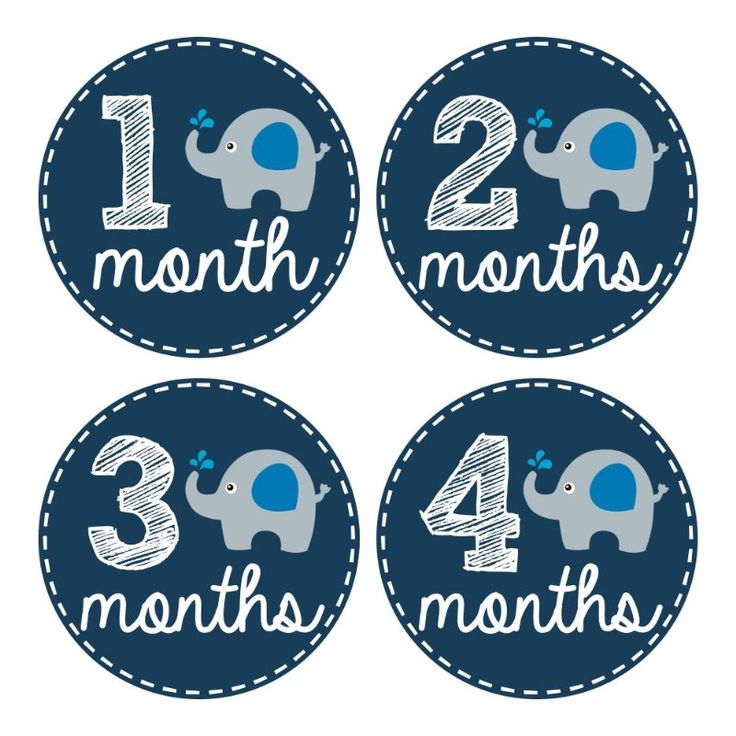 Your love and patience will help the baby survive this period: carry the baby in your arms - the warmth of your body will help calm down and relieve intestinal spasm, put the baby in a warm diaper. Medicines should only be used as directed by a doctor. nine0005
Your love and patience will help the baby survive this period: carry the baby in your arms - the warmth of your body will help calm down and relieve intestinal spasm, put the baby in a warm diaper. Medicines should only be used as directed by a doctor. nine0005
Redness
In the first two or three weeks, the baby's skin may be reddened (so-called transient erythema), peeling, rashes mainly on the skin of the face - acne or milia (blockage of the sebaceous glands) of newborns. If changes in the skin do not cause concern for the baby, he is gaining weight well, has a normal body temperature, sleep is preserved - there is no reason to worry.
Difficulty breathing
There may be a deep breath with a slow exhalation, "heavy" breathing - in the first 5 days. But wheezing, whistling, very frequent or vice versa rare breathing (the norm is 30–60 breaths per minute), prolonged respiratory arrest (10–20 s) require a visit to a doctor. nine0005
Sexual crisis
Parents may be frightened by their manifestations of such a transient functional state as a sexual crisis.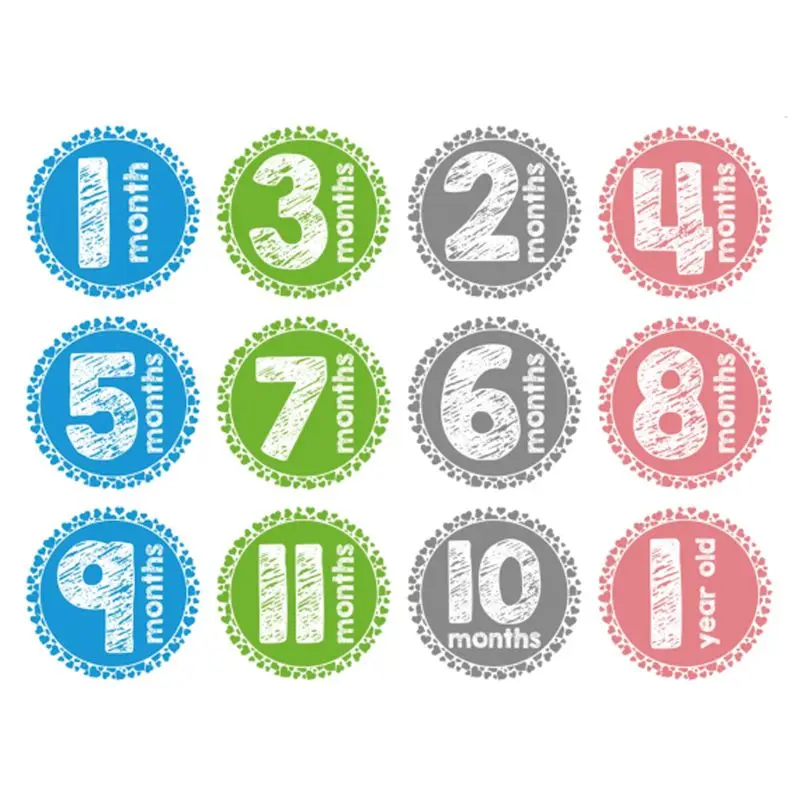 It is caused by the action of estrogens - hormones that the child receives from the mother before childbirth. The manifestations of this crisis develop to the maximum on the 7-8th day and finally disappear within 2-3 weeks. Swelling of the mammary glands, which is possible in both sexes on the 7-8th day, disappears by the end of the 1st month of life. There may be an increase in pigmentation of the external genitalia, vaginal discharge in girls. nine0005
It is caused by the action of estrogens - hormones that the child receives from the mother before childbirth. The manifestations of this crisis develop to the maximum on the 7-8th day and finally disappear within 2-3 weeks. Swelling of the mammary glands, which is possible in both sexes on the 7-8th day, disappears by the end of the 1st month of life. There may be an increase in pigmentation of the external genitalia, vaginal discharge in girls. nine0005
Body temperature
The body temperature of a newborn is between 36.5 and 37.5 °C. The baby has imperfect thermoregulation, so it is easy to overcool or overheat. That is why you should monitor the temperature in the room - 22 ° C (full-term), 24 ° C (premature, small children) - and be sure to humidify the air.
Weight loss
Physiological weight loss in the first 10 days - 10% of birth weight (fluid loss with evaporation from the body surface, meconium discharge). What to do? Continue adequate breastfeeding, i.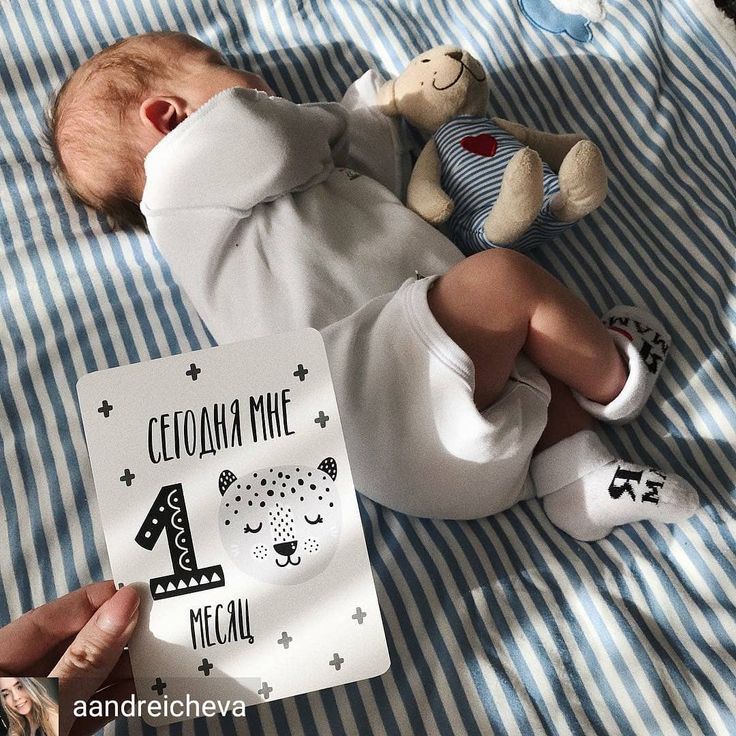 e. on demand. nine0005
e. on demand. nine0005
Baby's reflexes
Baby's reflexes must be symmetrical, i.e. the same on the right and left. They gradually disappear by 3-4 months. The presence of these reflexes, their symmetry and timely gradual disappearance are important signs of the appropriate development of the child's nervous system.
The development of the baby is ongoing: physical - walks, gymnastics, massage; emotional - carrying on hands, breastfeeding, reaction to crying; sensory - communication, bathing, massage. Surely you noticed how everything is interconnected. nine0005
Sources
Back to the section Continue
Popular
publications
What a baby should be able to do at 1 month - what a baby can do at 1 month development adds a few centimeters in height, the chest and head increase in volume. For what a child should be able to do at 1 month, while instincts and reflexes are responsible, however, the development of skills is in full swing.
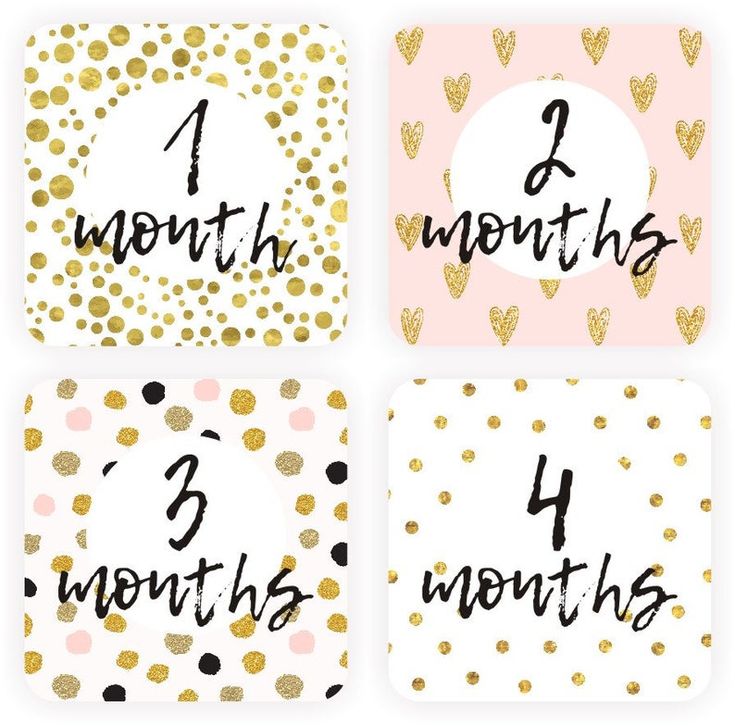 nine0005
nine0005 What monthly babies should be able to do
The development of each child is individual, however, the presence of certain skills by this age is necessary. Among them are several abilities.
- Hold your head. This skill is most noticeable while lying on your stomach. The baby's face is not stuck in the diaper, the head is slightly raised. In this position, the baby can be a few seconds.
- Get to know mom. When she takes him in her arms and talks to him, the baby calms down, calms down and stops crying. nine0091
- Look at an object or a stationary person. The first fixation of the gaze lasts a second, but every day it becomes more and more confident. Closer to two months, the baby is already confidently following the mother's walking around the room and moving toys.
- Pronounce throat sounds similar to gurgling. This is the beginning of cooing, when the baby first consciously experiences the speech apparatus.
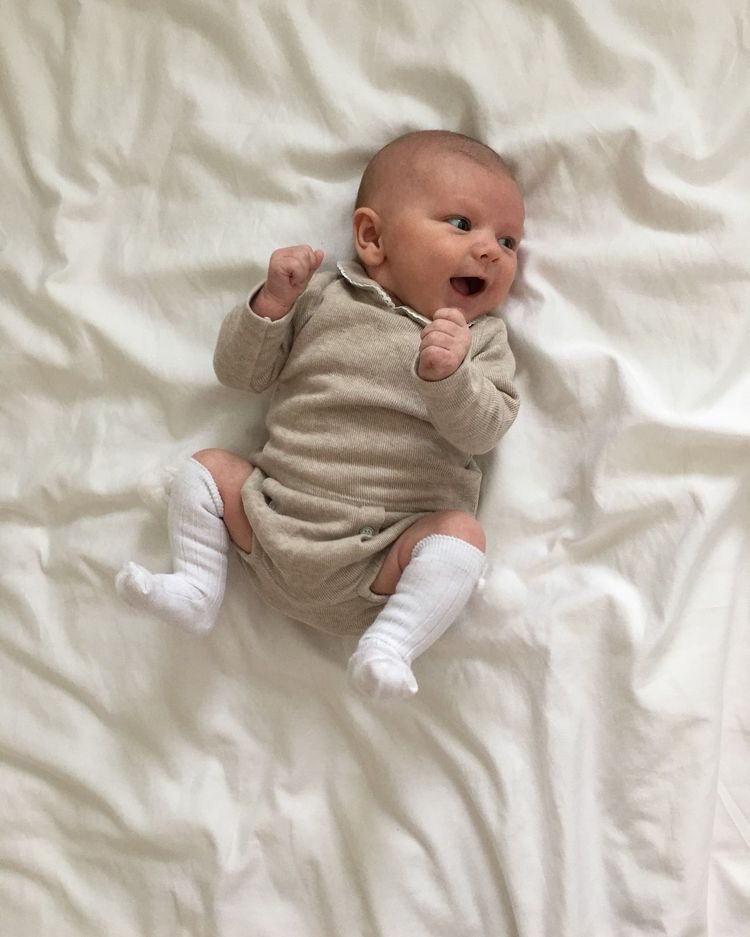 And while the first words are still far away, the first attempts occur already at the age of one month. nine0091
And while the first words are still far away, the first attempts occur already at the age of one month. nine0091 - Listen for sounds. The reaction becomes more conscious, the baby is less likely to be frightened by sharp sounds, distinguishes intonations of speech. Mom's voice calms the baby, and the voices of strangers frighten and alert.
- Smile. Up to a month, the child's smile is unconscious, and basically it was noticeable only in a dream. Now he can smile at mom and dad in response to a smile or kind words.
- React to touch. When the baby is touched by a loved one, he rejoices and even stops crying. However, the touch of a stranger can greatly frighten him. Therefore, it is not recommended to give the child to strangers in the hands of strangers. nine0091
- Wake up and eat at the same time. At this age, children are already forming a daily routine. Mom can correct it, but this must be done very gently, without stress for the child.
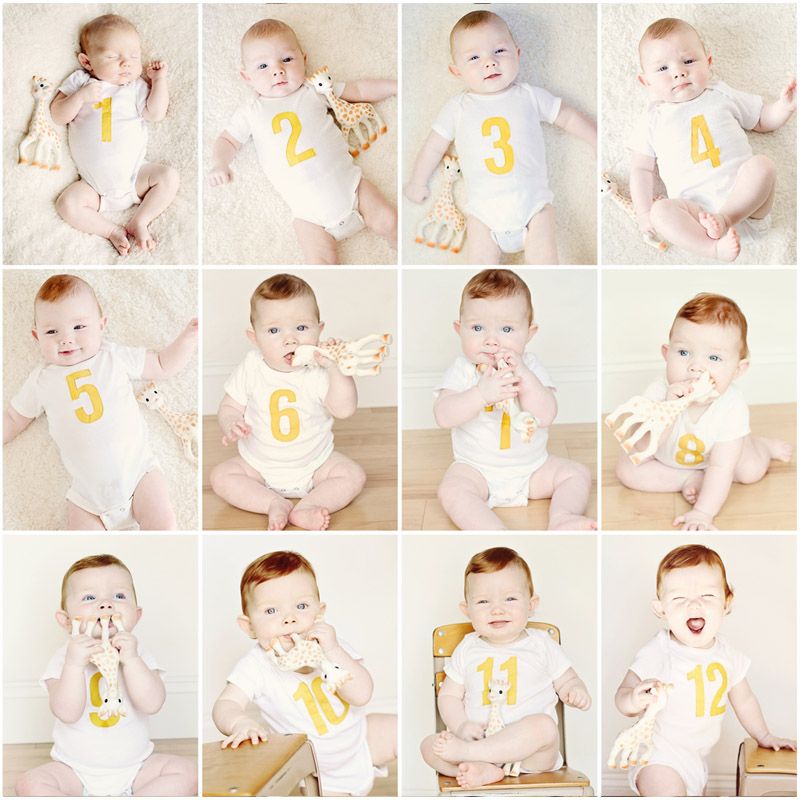
- Lie quietly. Muscle hypertonicity at this time subsides, and most children already know how to lie relaxed. Some no longer need to be swaddled while sleeping.
- Screaming and crying. A monthly baby cries about three hours a day. This is considered the norm, since it is in this way that he can inform his mother about problems. Crying varies depending on the irritating factor - hunger, a dirty diaper, the desire to be held, sleep, etc. nine0091
Wrap bodysuit
from 590 ₽ 413 ₽
56-68 cm / 1-6 months
Jumpsuit with buttons
from 1190 ₽ 536 ₽
56-86 cm / 1-18 months
Baby cardigan
from 590 ₽ 295 ₽
56-92 cm / 1-24 months
Romper
from 490 ₽ 294 ₽
56-86 cm / 1-18 months
Baby's reflexes by one month of life
By 1 month newborn's reflexes do not fade away, and with certain manipulations the baby's body reacts. This is not always liked by the baby, but the stimulation of which reflexes helps the development of muscles and the nervous system. At this age, eight reflexes remain.
This is not always liked by the baby, but the stimulation of which reflexes helps the development of muscles and the nervous system. At this age, eight reflexes remain.
- Grasping. If you touch the palm of a child, he will grab it and squeeze it tightly.
- Search. When touched on the left cheek, the newborn turns his head to the left, when touched on the right - to the right. If you touch the chin, he will lower his head. This reflex helps to find a breast or a bottle of food. nine0091
- Suckling, if you put your fingertip around the baby's mouth, he will suck it like a pacifier. The sucking reflex also helps the baby find food.
- Moro reflex. It works if you slap on the surface on which the baby lies, 20-25 centimeters from his head on both sides. The baby will spread his arms and immediately press him to himself, as if hugging a small object. He will do about the same if he abruptly removes one of the hands that supports him.
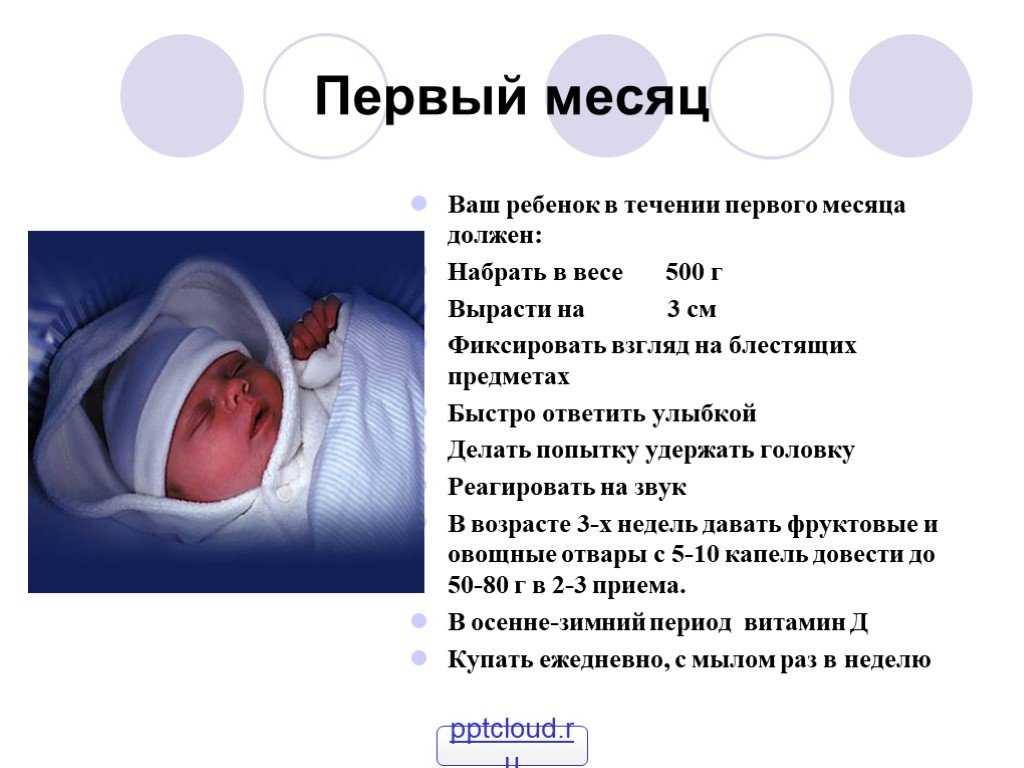 nine0091
nine0091 - Babinski reflex. The child's toes diverge like a fan if you stroke the arch of the foot from the outside. In this case, the foot itself is slightly retracted to the side.
- Babkin's reflex. The baby turns his head and opens his mouth when pressing on the tubercle of the palm immediately below the thumb. If you press on the right palm, it turns to the right, if on the left, then to the left.
- Reflex crawl. The baby is placed on his stomach, his legs are pressed and his palm is placed on the soles. Leaning on them, he will push off and crawl a few centimeters. nine0091
- Automatic gait. The child is held vertically by the armpits so that he rests his feet on the table or floor. When it is slightly leaned forward, the baby moves with his feet, taking steps.
What should alert the mother
It is necessary to turn to a pediatrician and a neurologist in situations where the baby is not able to:
- keep his head in the position on his stomach;
- scream;
- respond to light, touch and sound; nine0091
- smile;
- focus the gaze.
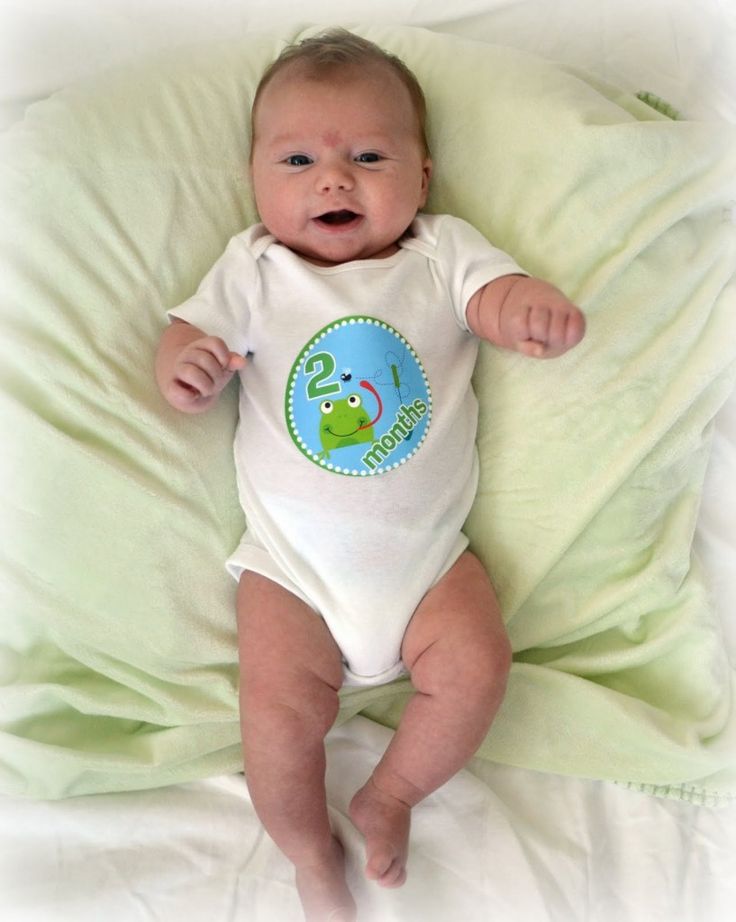
Special attention of doctors is required for children whose reflexes have faded before the term or did not appear at all. This may indicate serious lesions of the central nervous system that require immediate treatment. In most cases, pediatricians detect this defect themselves - in the maternity hospital or during a routine examination.
The daily routine of a month-old baby
The sleep of a month-old baby lasts 16-20 hours a day. Most children sleep restlessly and wake up every 2-4 hours. Possible causes of awakenings during nighttime and daytime sleep are indicated in the table. nine0005
| Reason for awakening | What to do |
| Hunger | nine0002 Babies at this age always wake up for night feedings.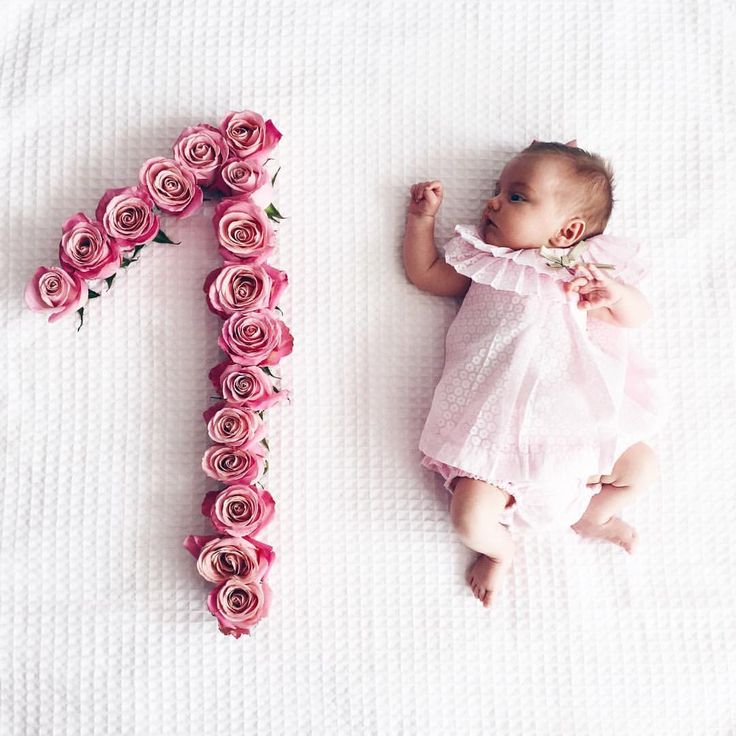 Give your baby a bottle or a breast and he will sleep peacefully again. Give your baby a bottle or a breast and he will sleep peacefully again. |
| Colic | Hold the baby upright for 5-7 minutes, put it on your back and massage your tummy in a circular motion. nine0005 |
| Wet diaper | Remove the diaper, wash the baby under warm running water and put on a clean diaper. |
| Changing background sound nine0005 | Babies wake up not only from the appearance of sounds, but also from their abrupt cessation. |
| Limb movements nine0005 | Swaddle your baby at bedtime. |
| Cold | Swaddle or secure his blanket with safety clothespins to the mattress. nine0005 |
Feeding regimen is determined individually. In children who are breastfed, the number of feedings per day can reach up to 10-12. This is especially noticeable when the mother has little milk, and the child has to eat fractionally. Artificers eat on average once every three hours, which is 8 feedings per day. In any case, the baby does not experience a lack of food, as it is perfectly able to declare hunger.
This is especially noticeable when the mother has little milk, and the child has to eat fractionally. Artificers eat on average once every three hours, which is 8 feedings per day. In any case, the baby does not experience a lack of food, as it is perfectly able to declare hunger.
The mode of walking is changeable and depends on the weather. In the warm season, in the absence of extreme heat and rain, you can walk for two hours a day or more. In the cold season, it is enough for a one-month-old baby to breathe fresh air for 10-15 minutes. In rain and severe frost, it is better to exclude walks, replacing sleeping with an open window in warm clothes and staying on the balcony for several minutes a day. nine0005
How to develop a baby in a month
If the baby does not want to hold his head, stimulate this skill. Put it on your stomach and slowly lift it up. Keep an eye on the head, if it does not rise with the body, lower the child to the surface. Most children raise their heads to look around from a new position.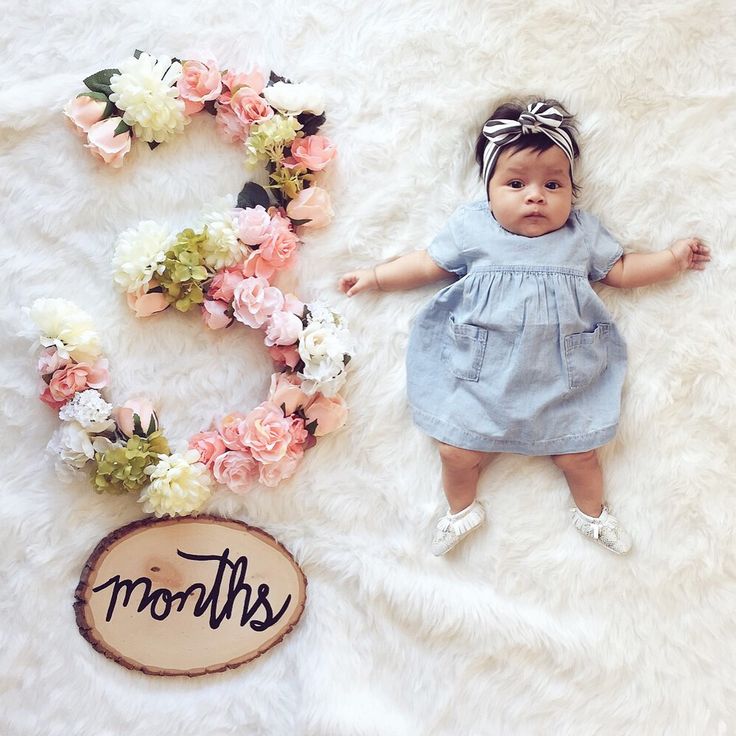
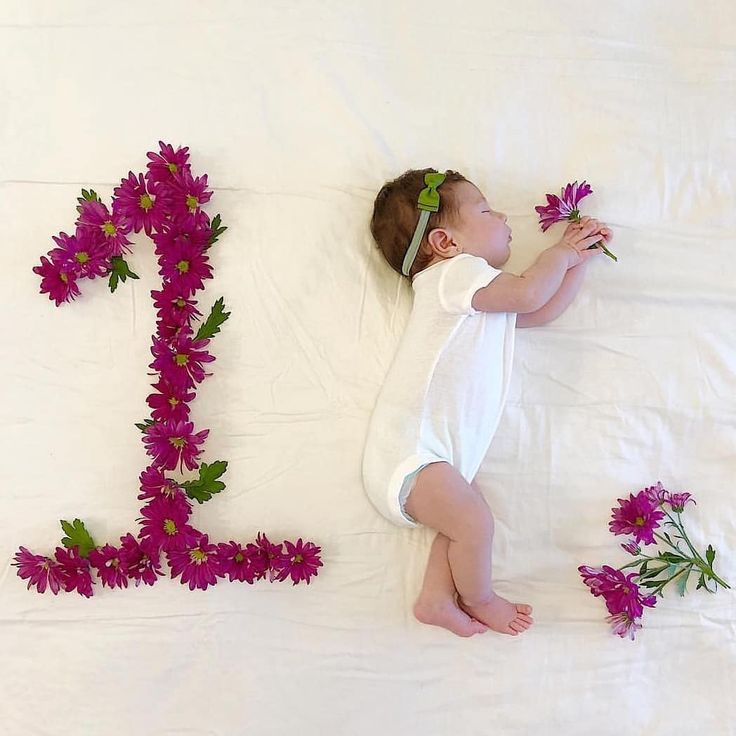 Turn on soft music or the radio in your baby's room so the street noise doesn't disturb your baby's sleep. Try to keep the music going throughout the night.
Turn on soft music or the radio in your baby's room so the street noise doesn't disturb your baby's sleep. Try to keep the music going throughout the night. 